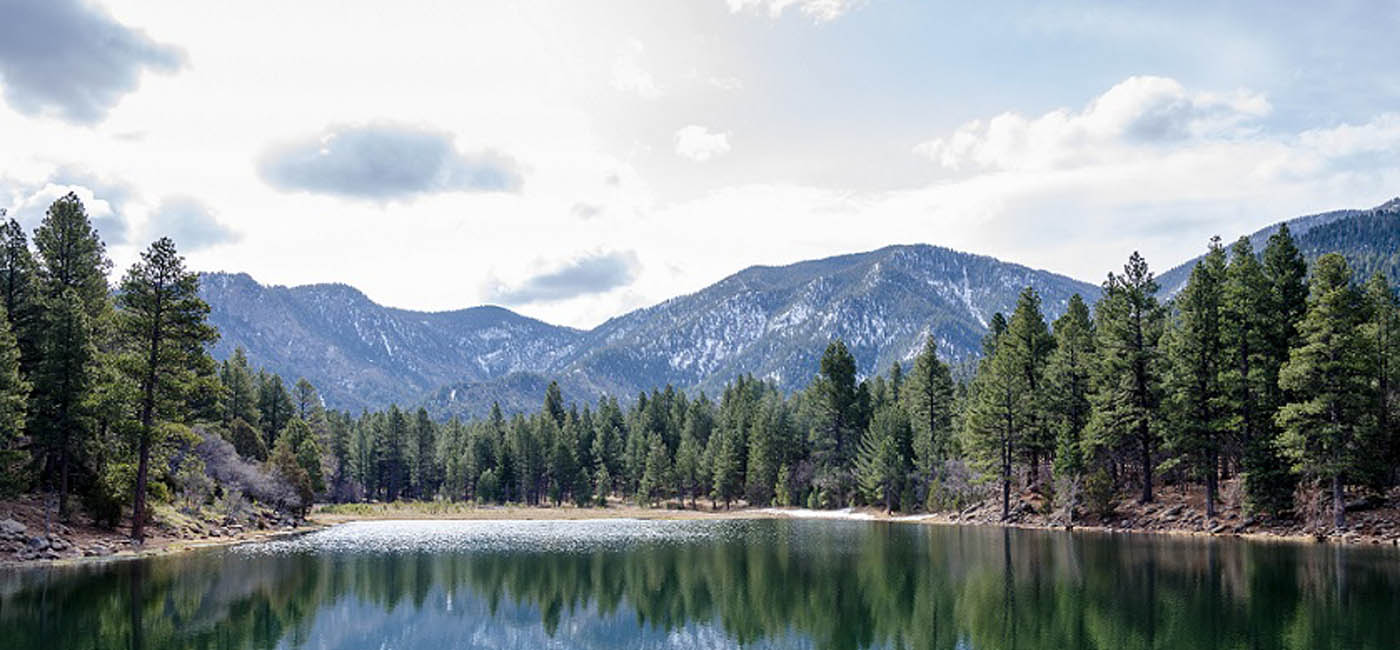Planting Memorial Trees and Celebration Trees in Utah

Utah offers a unique landscape where tree planting plays a crucial role in environmental restoration and conservation. Whether in urban settings, along rivers, or in high-altitude forests, planting trees in Utah contributes to a healthier ecosystem while also commemorating life’s meaningful moments. Known for its breathtaking mountain ranges, vast deserts, and stunning national parks, Utah’s diverse climate and geography present both challenges and opportunities for tree growth.
With over 15 million acres of forestland, trees play a critical role in stabilizing soils, reducing the risk of wildfires, and protecting vital water resources. Reforestation efforts in Utah help combat the effects of drought, restore degraded lands, and provide essential habitats for wildlife. Additionally, trees in urban areas improve air quality, provide shade, and help mitigate the heat island effect in cities like Salt Lake City and St. George.
Dixie National Forest
Dixie National Forest, located in southern Utah, spans nearly 2 million acres across diverse landscapes, from high plateaus to deep canyons. Stretching from the Great Basin to the Colorado River, it showcases a mix of desert terrain and alpine forests. With elevations ranging from 3,000 to over 11,000 feet, the forest supports a wide variety of plant life.
Among the native trees, Ponderosa pines stand tall with their distinctive reddish bark, thriving in mid-elevation forests. Douglas firs provide dense green foliage at higher elevations, while quaking aspens create brilliant golden displays in the fall. The colder, high-altitude regions are home to Engelmann spruce and blue spruce, the latter being Utah’s state tree, known for its striking blue-green needles. In the drier, rocky areas, ancient bristlecone pines endure harsh conditions, some living for thousands of years. Lower elevations are dominated by piñon pines and Utah junipers, well adapted to the arid climate.
Beyond its diverse tree species, Dixie National Forest is renowned for its breathtaking red rock landscapes, scenic byways, and vast wilderness areas. The forest offers an abundance of outdoor recreation opportunities, making it a prime destination for hikers, campers, and wildlife enthusiasts.
Shingle Fire Restoration
The Shingle Fire occurred in Mill Canyon and the surrounding areas; this is a very important high recreational area for local people. There are many OHV trails that run through the area and it’s a very popular spot for dispersed camping. The objective of the Shingle Fire Restoration project is to plant 50,000 ponderosa pine seedlings to re-establish fire-tolerant species. These types of trees will grow to provide forest cover on approximately 250 acres within the Shingle fire footprint.
Ecological Benefits
The project will restore forest and enhance recreational experiences. This will be the sixth year of planting in the 8,284 acre Shingle fire of 2012. The Shingle Fire area is predominately ponderosa pine. Many different species of wildlife can be found in the area including elk, mule deer, pronghorn antelope, and Northern Goshawk. Ponderosa pine is an important species of tree for these wildlife.